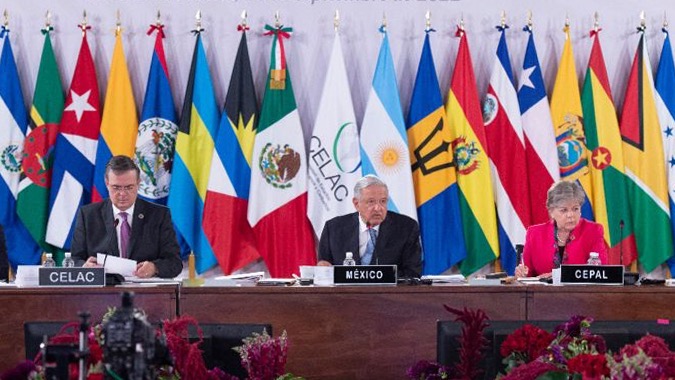Cryptocurrencies and Blockchain Applications: North American Regulatory Landscape
In recent years, the emergence of cryptocurrencies and blockchain technology has disrupted various industries, leading to significant advancements in science, technology, and innovation. North and South America, being at the forefront of these developments, have witnessed a surge in interest and adoption of these new digital assets. However, navigating the regulatory landscape surrounding cryptocurrencies can be complex. In this article, we will explore the current regulatory environment in North America and discuss its implications for individuals and businesses in the region.
The United States and Canada have taken divergent approaches to cryptocurrency regulation. While the US has a patchwork of state and federal regulations, Canada has embraced a more unified approach through its regulatory bodies such as the Canadian Securities Administrators (CSA).
In the US, the Securities and Exchange Commission (SEC) has been actively monitoring initial coin offerings (ICOs) and classifying certain cryptocurrencies as securities. This regulatory oversight aims to protect investors from fraudulent schemes while fostering innovation in the space.
Canada, on the other hand, has adopted a more lenient approach, considering cryptocurrencies as a commodity. The Canadian government has also established a regulatory sandbox, allowing businesses to experiment with blockchain technology without facing immediate regulatory hurdles.
Both countries recognize the potential of blockchain technology beyond cryptocurrencies. Blockchain has the power to revolutionize supply chain management, healthcare, finance, and more. Regulatory frameworks are being developed to harness this potential while addressing concerns such as privacy and security.
Mexico, Brazil, and Argentina are also making strides in regulating cryptocurrencies. Mexico's FinTech Law, for example, provides a legal framework for operating digital asset platforms and crowdfunding initiatives. Brazil's Central Bank has implemented regulations to combat money laundering and illicit activities in the crypto space.
The regulatory landscape in North and South America is constantly evolving, with governments striving to strike a balance between consumer protection and fostering innovation. It is essential for individuals and businesses to stay updated on the latest developments to ensure compliance and seize opportunities.
As the popularity of cryptocurrencies grows, so does the need for robust investor education. Understanding the risks, volatility, and potential rewards of this new asset class is crucial. Regulatory bodies have a role in promoting financial literacy and protecting investors from scams and fraudulent activities.
Blockchain technology has the potential to streamline processes, enhance transparency, and reduce costs across various sectors. Governments in North and South America should encourage collaboration between industry players, academia, and regulatory bodies to explore the full potential of blockchain applications.
The COVID-19 pandemic has underscored the importance of digitalization. Blockchain technology can play a pivotal role in enhancing supply chain resilience, facilitating contact tracing, and ensuring the secure transmission of medical records. Governments should prioritize investments in blockchain research and development to better prepare for future crises.
Inclusivity and diversity are crucial in the development and adoption of emerging technologies. North and South America should work together to ensure that underrepresented communities have equal access to opportunities in the cryptocurrency and blockchain space. This will foster innovation and promote social and economic development across the region.
The success of cryptocurrencies and blockchain applications hinges on public trust. Governments should actively engage with their citizens, industry stakeholders, and the academic community to address concerns related to security, privacy, and ethical implications. An open and transparent dialogue will help shape effective regulations.
Education is key to unlocking the potential of cryptocurrencies and blockchain technology. Governments should invest in educational programs and initiatives to equip individuals with the skills and knowledge needed to navigate this evolving landscape. By fostering a culture of innovation and entrepreneurship, North and South America can lead the way in this technological revolution.
As you read this article, we encourage you to share it with friends and colleagues. By spreading awareness and knowledge about the regulatory landscape in North and South America, we can collectively build a stronger and more united region.
Are you interested in learning more about cryptocurrencies and blockchain technology? What specific topics or applications would you like to explore further? Let us know in the comments below, and we will address them in future articles.
Together, let's embrace the opportunities presented by cryptocurrencies and blockchain technology, promote unity across North and South America, and shape a future where innovation and progress thrive. #CryptocurrencyRevolution #InnovationNow #NorthSouthAmericaUnity






No comments yet. Be the first to share your thoughts!